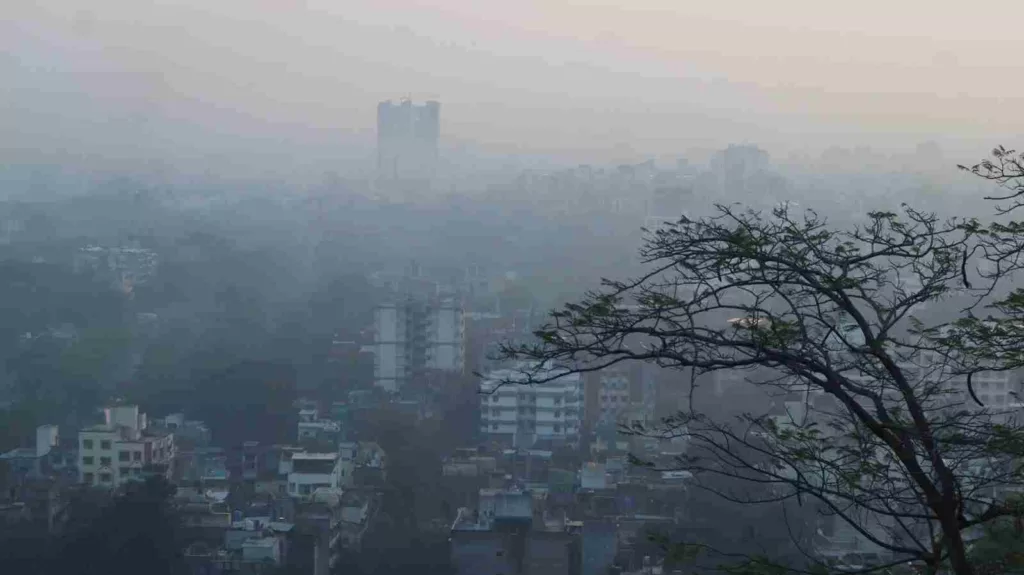Pune Prepares for Coldest Winter : Chilly Nights and Partly Cloudy Days Expected in Early January 2024

Pune Prepares for Coldest Winter : Chilly Nights and Partly Cloudy Days Expected in Early January 2024
In the first week of January 2024, the city may experience its lowest single-digit minimum temperatures of the winter for the first time, according to weather experts on Wednesday.
The first significant western disturbance of the winter season is expected to hit north India starting on December 31 and interact with an active easterly wave in south peninsular India, according to a researcher who has been closely monitoring the country’s weather.
When these two systems are combined, Pune and the interior of Maharashtra will see partly cloudy skies on December 31 and January 1, which will raise the minimum temperature. The researcher added that cool northerly winds on the disturbance’s backward sector would engulf all of north and central India after the western disturbance passed, reaching Maharashtra, including Pune, on January 3 and 4.
Daytime and nighttime highs could be significantly lowered as a result, with Pune (Shivajinagar) probably seeing a low of 9°C. Over the next five to seven days, Pune is expected to see partly cloudy skies, according to a senior IMD Pune official. There’s a chance of very light rain or drizzle between December 31, 2023, and January 2, 2024.
There is a chance of light rain, especially in remote areas of northeast Maharashtra because of the impending western disturbance that is predicted to impact Northwest India starting on December 30. We might also witness interactions between south-easterly and north-westerly winds at that time. From December 30 to January 2, 2024, this wind interaction is expected to produce light, sporadic rain across north-west and central India, including north-east Maharashtra.
According to the senior IMD Pune official, this means that until January 2, daytime temperatures are predicted to decrease and nighttime temperatures to rise. After that time, the western disturbance should have passed, allowing us to see clearer skies. After January 2 and 3, this might cause the nighttime temperature to drop significantly.









